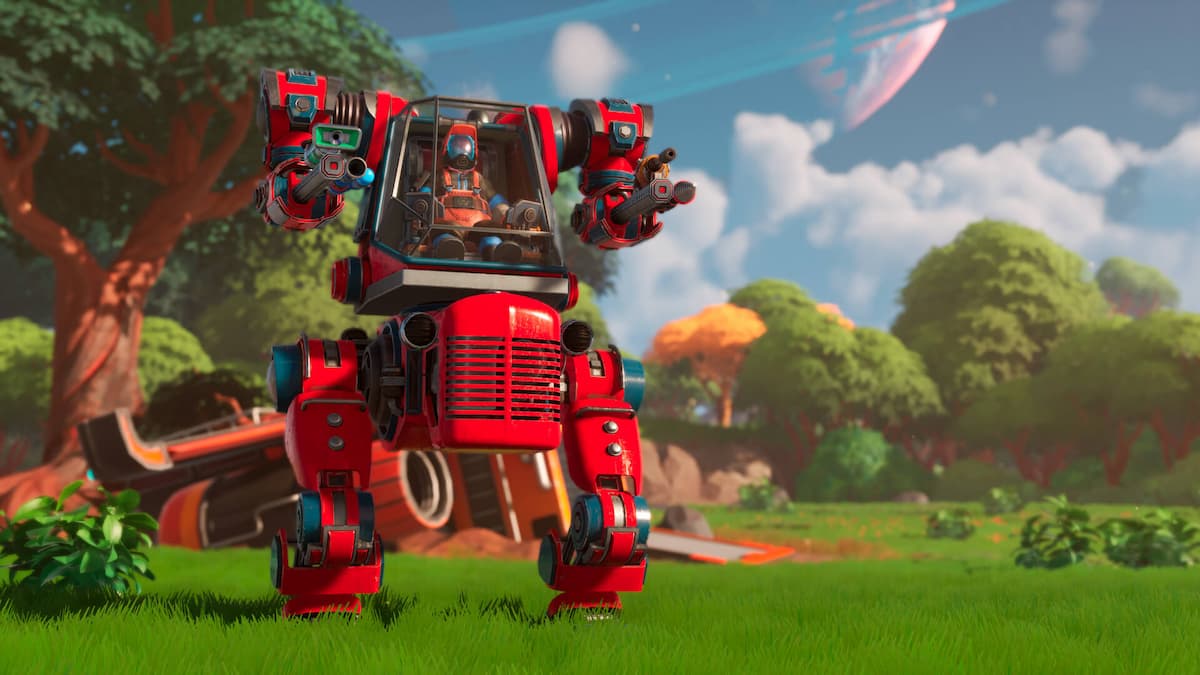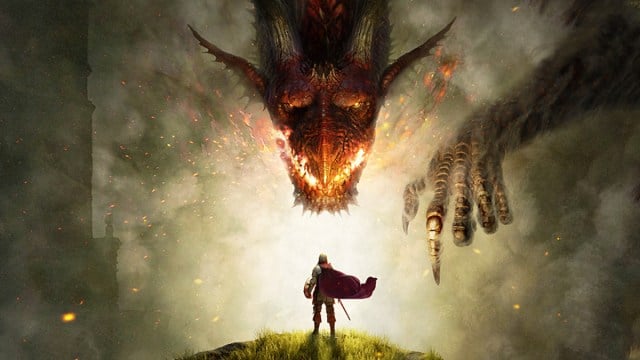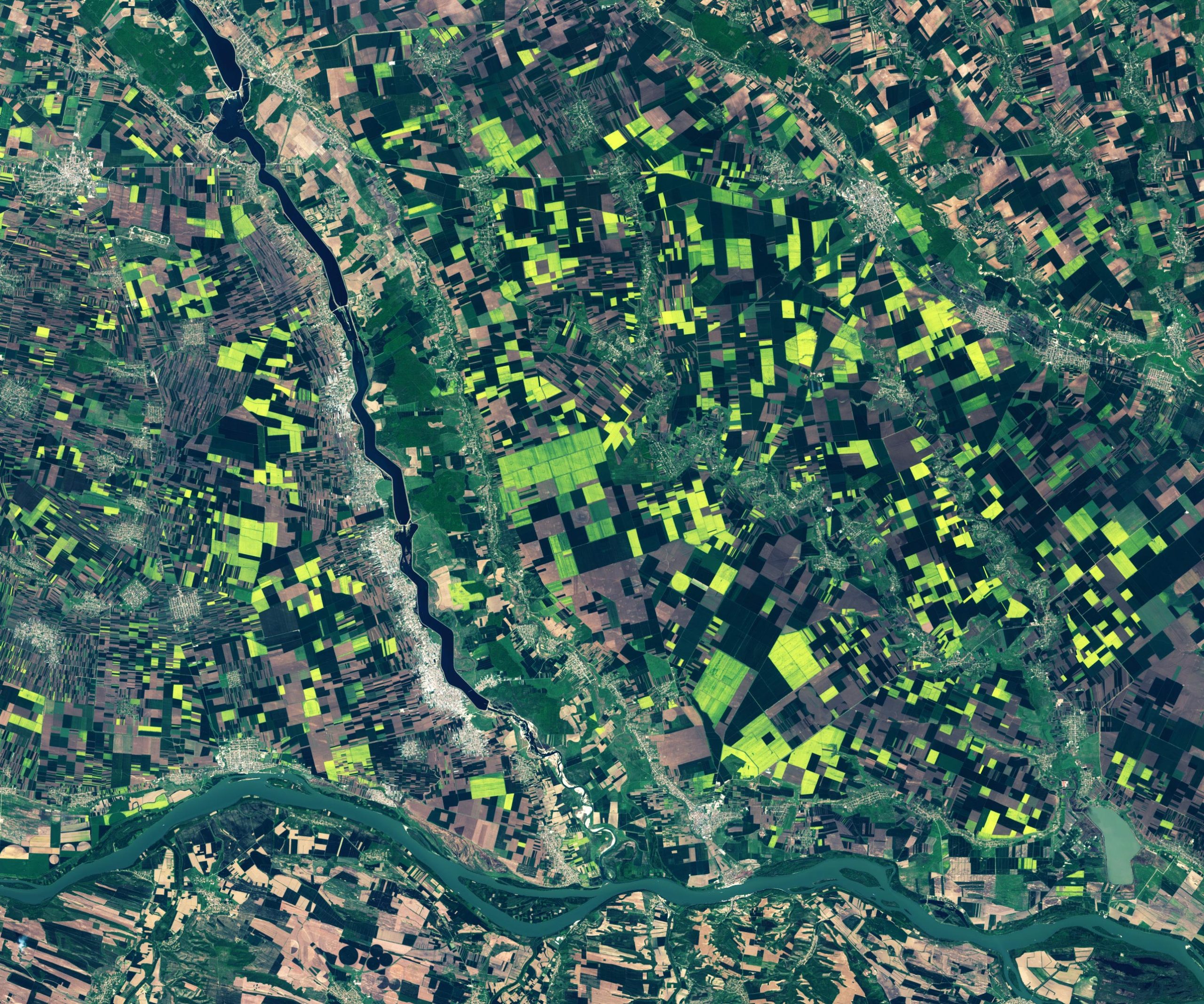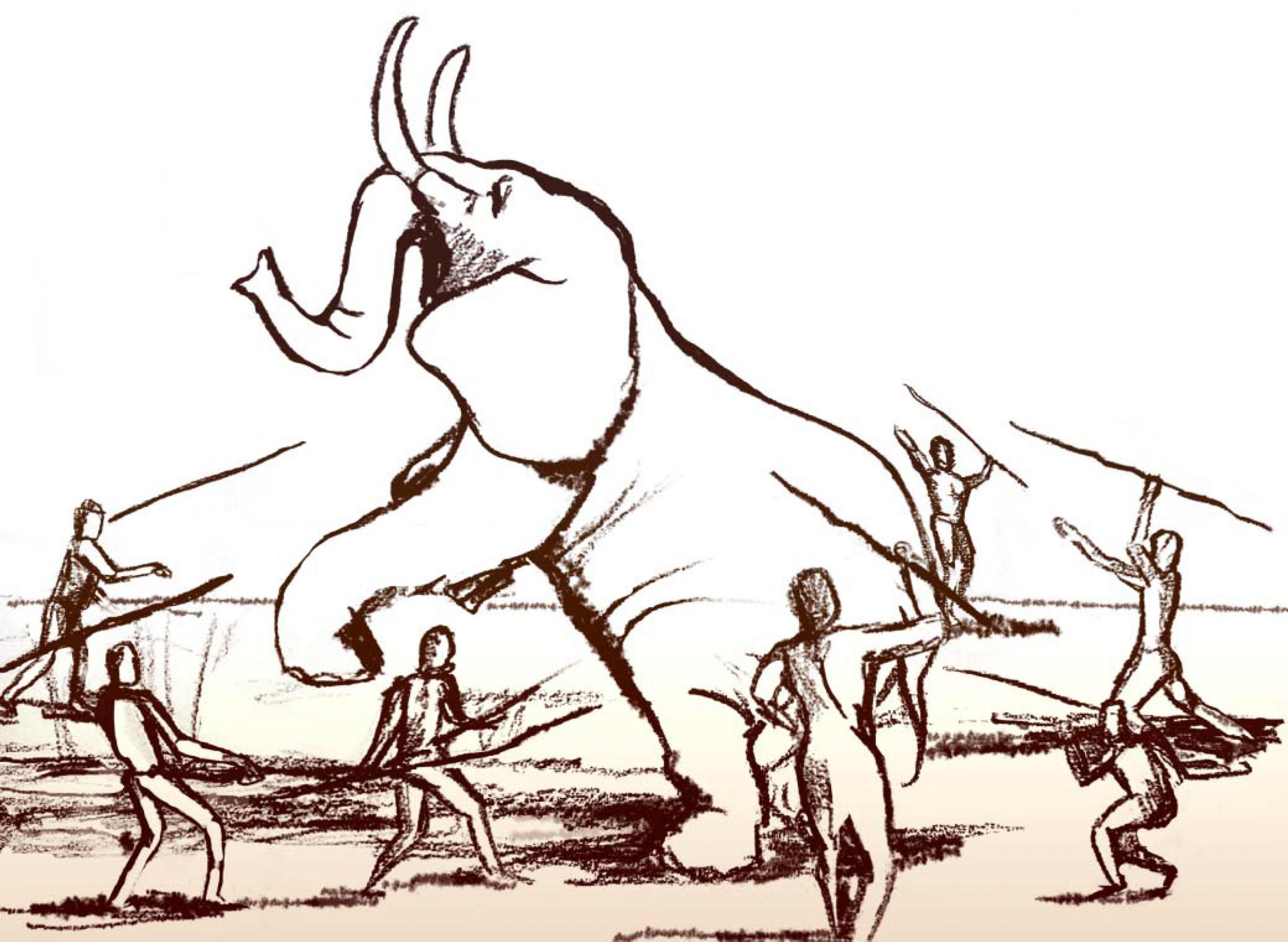This Robot Dog With a Virtual Spinal Cord Learned to Walk in Just One Hour

This Robot Dog With a Virtual Spinal Cord Learned to Walk in Just One Hour
Researchers at the Max Planck Institute for Intelligent Systems (MPI-IS) in Germany have built a four-legged robot dog, which is capable of learning how to walk in an hour. The robot, Morti, is equipped with an artificial spinal cord that is continously optimised. The researchers were attempting to study how humans learn to walk from stumbling. When a baby of an animal is born, it has a muscle coordination network located in the spinal cord by birth but, it still takes time for the newborns to balance on their legs and learn to walk.
For the initial days after their birth, babies depend on the hard-wired spinal cords reflexes to learn walking. During the learning phase, the motor control reflexes save the baby from falling and sustaining injuries. The animal then must practice advanced and precise muscle control until the nervous system gets adapted to the animal’s leg muscles and tendons.
To gain an understanding of this process, scientists made a four-legged robot of the size of a dog named Morti. “As engineers and roboticists, we sought the answer by building a robot that features reflexes just like an animal and learns from mistakes. If an animal stumbles, is that a mistake? Not if it happens once. But if it stumbles frequently, it gives us a measure of how well the robot walks,” said Felix Ruppert, a former doctoral student in the Dynamic Locomotion research group at MPI-IS and author of the study published in Nature Machine Intelligence.
Related News & Content
-

Archive pagination not working
Archive pagination not working,I am trying to add pagination for my Archive. I want to show 12 posts per page and then show the 'next' / 'previous' buttons. When I manually change the value of the $paged variable, the 1 into a ... Tags: archives pagination stackexchange.com WordPress Development Stack Exchange -

How to make my logged-in user-role shortcode displaying name instead of slug?
How to make my logged-in user-role shortcode displaying name instead of slug?,I am trying to get my frontend to show the role of a logged-in user via Shortcode. I have the Shortcode functional (see below) but it displays the slug and not the real name in the frontend. This i... Tags: functions shortcode stackexchange.com user roles WordPress Development Stack Exchange -

Fatal error: Uncaught Error: Class ‘WP_Block_Styles_Registry’
Fatal error: Uncaught Error: Class 'WP_Block_Styles_Registry',I am having some issues determining the solution to this problem below. The website was sent to our team to fix. Turned on error reporting in wp-config.php: define('WP_DEBUG', true); Word... Tags: filters hooks php stackexchange.com WordPress Development Stack Exchange wp enqueue style wp register script -

Programmatically set current-menu-item using wp_nav_menu
Programmatically set current-menu-item using wp_nav_menu,I'm calling wp_nav_menu programmatically on a class and I'd like to be able to set the field that will be shown as the current-menu-item but I don't see an argument for that. It seems like I may b... Tags: menus navigation stackexchange.com WordPress Development Stack Exchange -

Always show Next and Previous button in wp_link_pages ?
Always show Next and Previous button in wp_link_pages ?,How do we get wp_link_pages() to show the Next and Previous button when it is the start of the multi-page post as well at the end of a multipage. Currently it only shows Next if it is the first pag... Tags: pagination stackexchange.com WordPress Development Stack Exchange -

Excluding top level from taxonomy and post loop
Excluding top level from taxonomy and post loop,I've got a custom post type / taxonomy. I've created a list that shows all the categories and the posts in them. I have set up a top level category (taxonomy) that has two sub categories. I want my Tags: custom post types custom taxonomy stackexchange.com WordPress Development Stack Exchange -

Add URL to selected post in meta box
Add URL to selected post in meta box,How can I change this code $posts = get_posts(array('post_type'=> 'lesson', 'post_status'=> 'publish', 'suppress_filters' => false, 'posts_per_page'=>-1)); //here you add the ... Tags: metabox permalinks stackexchange.com WordPress Development Stack Exchange -

Architect of Israel’s judicial coup jeered at Holocaust memorial ceremony in New York
Architect of Israel's judicial coup jeered at Holocaust memorial ceremony in New York,Ceremony Was Disrupted by a Group of Israeli Expats Outraged by the Presence of Simcha Rothman – a Lawmaker From the Far-right Religious Zionism Party – Among the Guests of Honor Tags: haaretz.com Holocaust Israel News Judicial Coup -

One Holocaust survivor will mark her history differently after the horrors of Oct. 7
One Holocaust survivor will mark her history differently after the horrors of Oct. 7,Judith Tzamir, a Holocaust Survivor From Germany Who Moved to Israel in 1964, Will Make the Trip Back to Auschwitz for the First Time to Participate in March of the Living, a 2-mile March From Auschwitz to Birkenau, Joining October 7 Survivors and Released Hostages Tags: haaretz.com Holocaust Jewish World October 7 -

Carol Kirkwood stuns in figure-hugging dress amid BBC Breakfast technical chaos
Carol Kirkwood stuns in figure-hugging dress amid BBC Breakfast technical chaos,CAROL Kirkwood stunned in a figure-hugging dress amid a technical blunder. BBC Breakfast was flung into chaos this morning after a string of sound issues. However Carol, 61, was all smiles as she p… Tags: BBC BBC Breakfast BBC ONE Carol Kirkwood mirror.co.uk The Scottish Sun TV News TV UK daytime TV -

Families ‘to sue prison’ where loud inmates ‘terrorise kids’ with screaming
Families 'to sue prison' where loud inmates 'terrorise kids' with screaming,Residents living next door to a new prison who say their kids have to sleep wearing headphones and some leave during weekends due to the racket are threatening to sue the prison service Tags: mirror.co.uk Neighbours from hell prisons Scottish government The Mirror -

Doctor Strange’s Secret Wars Role May Be More Important Than You Thought – Looper
Doctor Strange's Secret Wars Role May Be More Important Than You Thought - Looper,According to entertainment leaker Alex Perez, Doctor Strange will find himself confronting his inner struggles as he headlines "Avengers: Secret Wars." Tags: Fiction Looper looper.com Marvel Cinematic Universe Science Star Wars The Universal Monsters franchise -
What Kris Jenner Has Said About Those O.J. Simpson Affair Rumors – Nicki Swift
What Kris Jenner Has Said About Those O.J. Simpson Affair Rumors - Nicki Swift,Over the years, plenty of gossip has swirled about the Kardashians. Here's what Kris Jenner has said on those affair rumors about O.J. Simpson. -
Why We’re Worried About Khloe Kardashian – Nicki Swift
Why We're Worried About Khloe Kardashian - Nicki Swift,Although Khloé Kardashian has seemingly picked up the pieces of her life after turmoil, there's no denying that we are still worried about the reality star. -

Lightyear Frontier Review – All Chill, No Fill
Lightyear Frontier Review - All Chill, No Fill,Check out our review to see what we think of Lightyear Frontier- the new cozy and calm farming adventure simulator! Tags: Feature Lightyear Frontier One reviews Twinfinite twinfinite.net Xbox -

5 Best Ways to Prepare for Dragon's Dogma 2
5 Best Ways to Prepare for Dragon's Dogma 2,The game is finally here this week, so here are five ways to prepare for Dragon's Dogma 2 and diving into the RPG. Tags: dragons dogma dragons dogma 2 Feature Features One Open World opinion PC PlayStation PS4 Twinfinite twinfinite.net Xbox Xbox Series X -

Romania’s Fields of Gold Captured From Space
Romania’s Fields of Gold Captured From Space,Agricultural plots are carpeted in yellow when rapeseed or canola plants bloom. Green agricultural fields in southern Romania became tinged with yellow as rows upon rows of what appear to be rapeseed or canola plants bloomed. The OLI (Operational Land Imager) on the Landsat 8 satellite captured t Tags: agriculture Earth Earth Observatory geography NASA SciTechDaily scitechdaily.com -

Ancient Toolmakers and Elephant Trails: Scientists Solve Mystery of Paleolithic Quarry Sites
Ancient Toolmakers and Elephant Trails: Scientists Solve Mystery of Paleolithic Quarry Sites,Researchers at Tel Aviv University have solved the puzzle of why Homo erectus returned to specific Paleolithic stone quarrying and tool-making sites repeatedly over hundreds of thousands of years. It turns out that these locations were strategically chosen along the migration paths of elephants, whi Tags: Archaeology science SciTechDaily scitechdaily.com Tel Aviv University
Warning: file_get_contents(https://www.scienceradars.com/wp-output-content.php?pg=1&cat=&kw=&lvl=): Failed to open stream: HTTP request failed! HTTP/1.1 526 in /home/wwwroot/xuenou.com/wp-content/themes/chromenews/template-parts/content.php on line 169
Warning: file_get_contents(https://www.bayuexiang.com/wp-output-content.php?pg=1&cat=&kw=&lvl=): Failed to open stream: HTTP request failed! HTTP/1.1 526 in /home/wwwroot/xuenou.com/wp-content/themes/chromenews/template-parts/content.php on line 173
TrendRadars
The Most Interesting Articles, Mysteries and Discoveries
Penalties for 'vicious' dog attacks to be strengthened in SA under proposed law reforms
Salary sacrificing her car taught Elly two valuable lessons: read the damn contract and plan for the worst

Far More Efficient: Breakthrough Material Advances Supercapacitor Performance

Nature’s Tiny Architects: Designing Molecular Shapes for Medical Miracles













![Rapid-Fire Solar Flares Unleashed: NASA Witnesses 82 Intense Flares This Week [Video] Rapid-Fire Solar Flares Unleashed: NASA Witnesses 82 Intense Flares This Week [Video]](https://i0.wp.com/scitechdaily.com/images/Coronal-Mass-Ejection-Art-scaled.jpg?fit=300%2C300&ssl=1)










![Rapid-Fire Solar Flares Unleashed: NASA Witnesses 82 Intense Flares This Week [Video] Rapid-Fire Solar Flares Unleashed: NASA Witnesses 82 Intense Flares This Week [Video]](https://i0.wp.com/scitechdaily.com/images/Coronal-Mass-Ejection-Art-scaled.jpg?w=768&ssl=1)






















